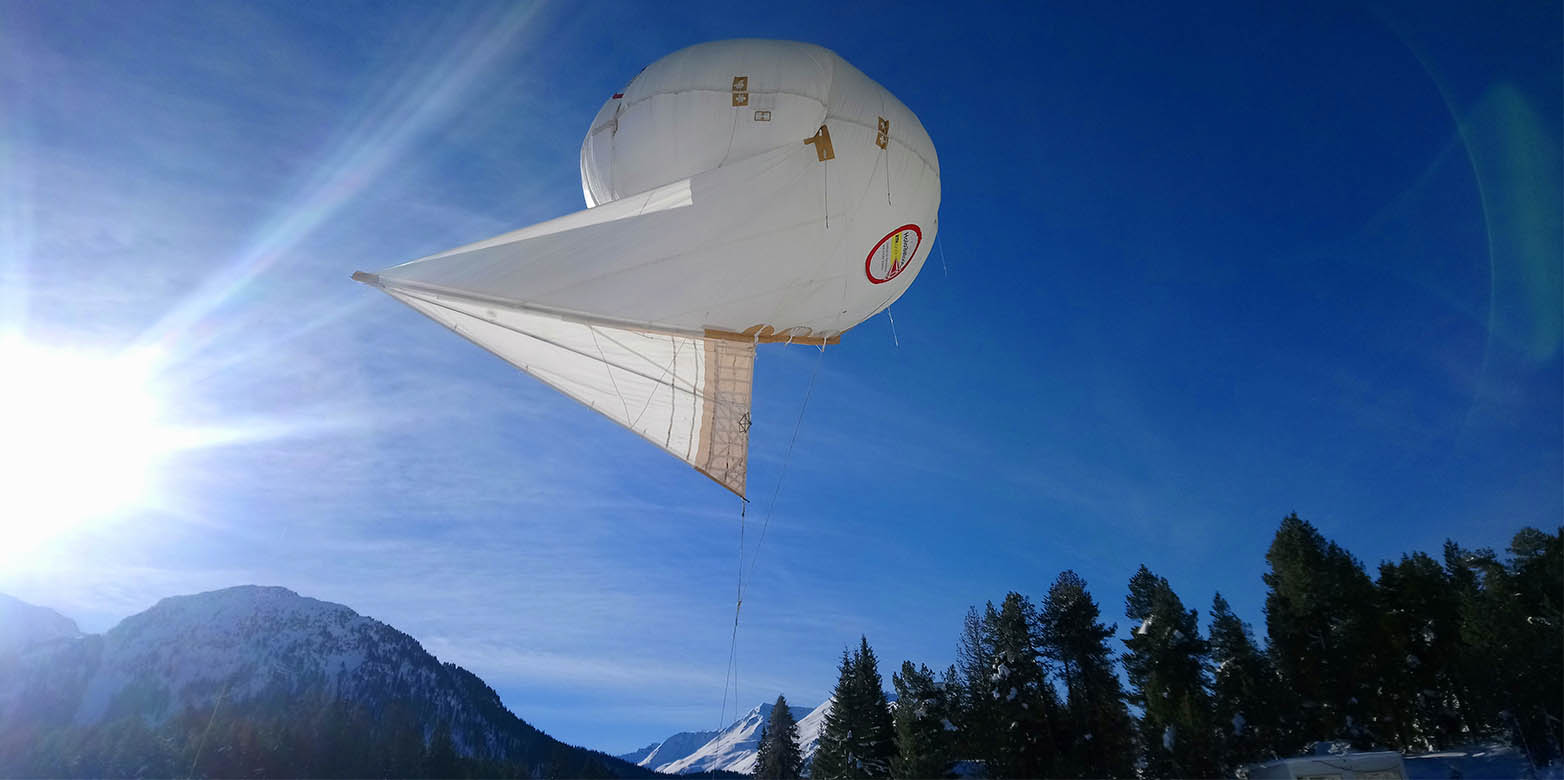HoloBalloon soon to measure clouds on Spitsbergen Island
- D-USYS
- Institute for Atmospheric and Climate Science
FORCeS (Constrained Aerosol Forcing for improved climate projection) is a new research project, which will be carried out within the context of the EU research programme Horizon 2020. It will examine how particles in the air influence the climate. Ulrike Lohmann and her team are also involved, as is the 175 cubic metre HoloBalloon.
FORCeS brings together 20 European research teams who have one major common goal: to find out how particles in the air affect the climate. "We believe that many uncertainties exist in climate projections because the links between process scale knowledge and model application are either missing or incomplete," explains Ilona Riipinen, professor of atmospheric sciences at the Department of Environmental Science and Analytical Chemistry (ACES), University of Stockholm. Riipinen coordinates the project together with her colleague Annica Ekman from the Department of Meteorology (MISU). FORCeS will now tackle this knowledge gap using a combination of laboratory, field and satellites observations as well as theoretical approaches ranging from molecular theory to Earth system modelling.

Extensive experience with international projects
"I am delighted to be part of this project," says Ulrike Lohman, professor of Experimental Cloud Physics at the Institute for Atmospheric and Climate Science (IAC) at ETH Zurich. It is by no means her first time to participate in an international project of this size. As coordinator of the EU project BACCHUS (Impact of Biogenic versus Anthropogenic emissions on Clouds and Climate: towards a Holistic UnderStanding), Lohmann and her team have already brought together 21 partners from 13 different countries with the aim of deepening their understanding of the interactions between aerosol particles, clouds and climate. Prior to that, Lohmann had led the ECHAM-HAMMOZ consortium for eight years and co-developed the comprehensive three-dimensional aerosol climate model.
On tour with the HoloBalloon
For the FORCeS project, Jan Henneberger, Julie Pasquier and Jörg Wieder from Lohmann’s group will leave this autumn for Ny-Ålesund, a small town on the island of Spitsbergen in the Arctic Ocean. Here, in one of the northernmost settlements, the air is relatively unaffected by specific emissions, and, needless to say, the HoloBalloon will be part of their luggage. The team has already collected data in Aarwangen (Canton Bern) and in Davos using the holographic imaging device HOLIMO, which floats under a 175 cubic metre helium-filled balloon. Between the surface and 1000 metre altitude, the balloon will provide detailed information about the microphysical cloud structure and meteorological conditions.
FORCeS runs for four years. The project kick-off meeting will take place in Stockholm in November 2019.